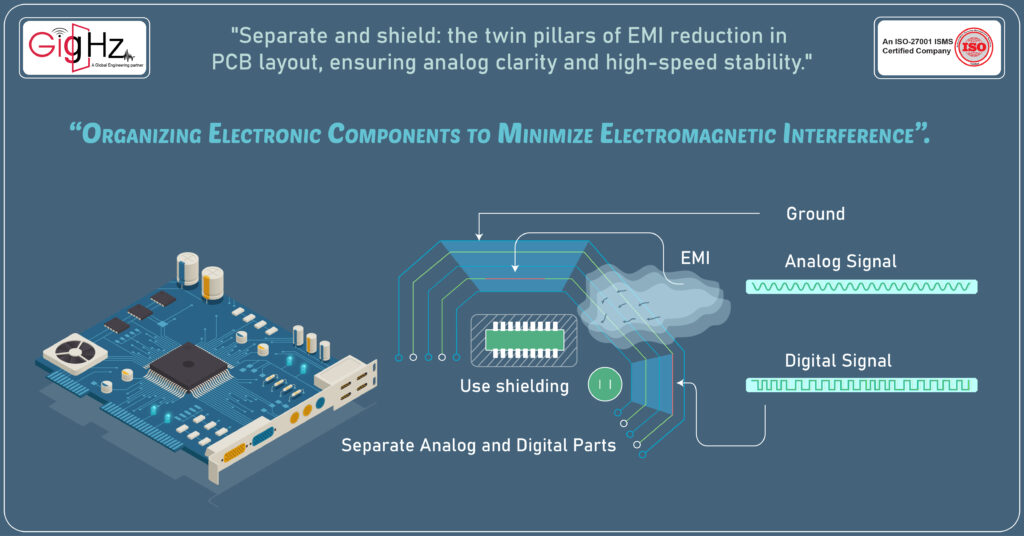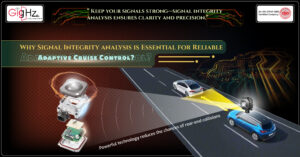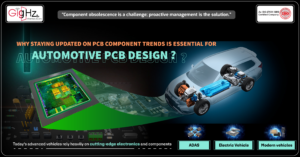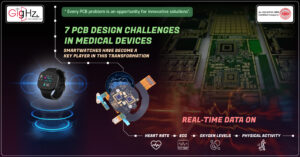Behind the Scenes: Our Recent Mechanical Enclosure Design Journey
- Posted On:
- June 26, 2024
- Category:
- Mcad
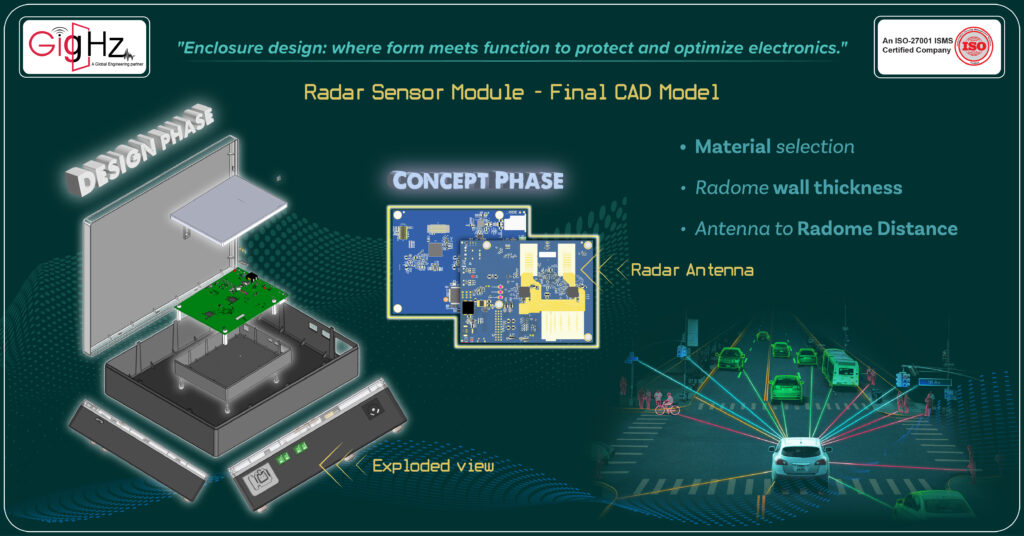
Mechanical Enclosure design
Imagine a group of radar sensors working together like a well-coordinated team in your car to keep you safe on the road—that’s the cascaded radar sensor module in action!
By placing multiple radar sensors strategically around the vehicle, this setup helps your car “see” its surroundings better and react faster to potential dangers.
It’s like having extra sets of eyes that work together to ensure you stay safe by detecting obstacles, other vehicles, and pedestrians more accurately.
This smart technology is all about making your driving experience smoother and safer, thanks to the teamwork of these radar sensors watching out for you at every turn.
Now, we are excited to share that we have recently completed the mechanical enclosure design for the cascaded radar sensor module for ADAS application and would love to discuss our experience with you.
Let’s dig into our journey,
Ideas for Cascaded Radar Sensor Module Enclosure Design
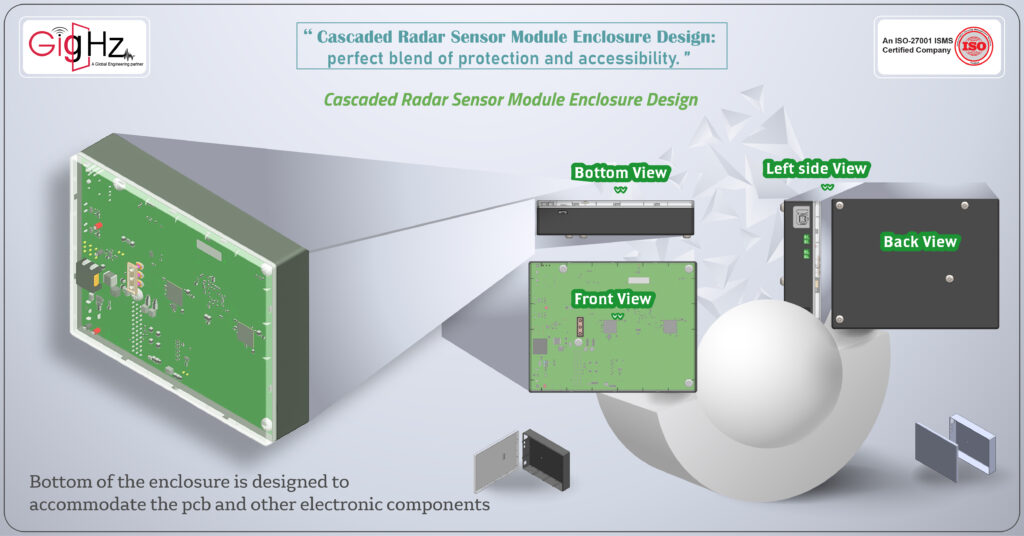
Automotive Cascaded Radar Sensor Module is a crucial component in modern vehicles for ensuring safety and enhancing driving experience.
The prototype is first developed using sheet metal or injection molding, with connectors integrated into the enclosure.
We ensure that the enclosure meets the EMI requirements and protects the electronic products inside.
We offer enclosure design services that cater to both plastic enclosures and metal enclosures, providing rugged and durable solutions.
The bottom of the enclosure is designed to accommodate the pcb and other electronic components, with a focus on mechanical engineering to ensure a sturdy device.
When it comes to product development, our engineering services also include injection molding, creating custom enclosures tailored to the device’s needs.
The design must consider the detailed mechanical aspects of the enclosure to provide optimal protection for the electronic components within.
Our expertise in electronic enclosure design ensures that the enclosure is not only functional but also aesthetically pleasing. We specialize in designing custom enclosures with necessary features and specifications, utilizing tools such as injection molding and sheet metal enclosures to bring innovative solutions to the automotive industry.
Complications we faced in our design
Our client presented us with a daunting task:
Designing a protective casing for their portable radar circuit board.
The details provided brought forth a considerable design challenge that we were eager to tackle head-on.
Framing the enclosure design around the radar antenna specifications was crucial for ensuring optimal functionality and fit. However, the Radome parameters remained unspecified, adding an additional layer of complexity to the project.
Selecting the appropriate material for the Radome became a pivotal decision to safeguard the circuit board effectively while maintaining performance standards.
Additionally, accommodating through-hole components within the PCB added another dimension to the design process, requiring meticulous planning and precision execution to meet the client’s requirements.
Behind the Scenes: Our Recent Mechanical Enclosure Design Journey
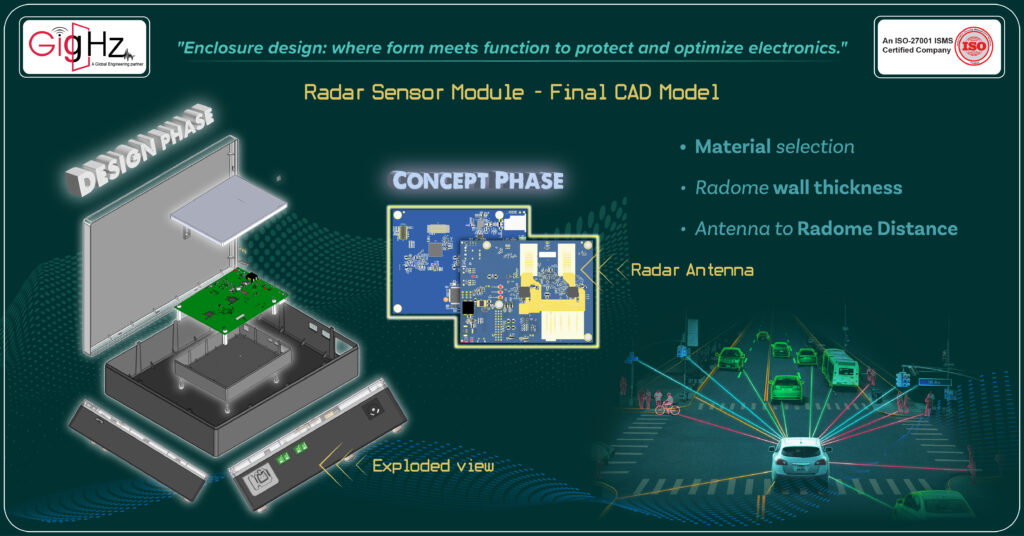
Our process is rooted in understanding the radar antenna parameters and translating them into robust enclosure solutions that ensure optimal performance and longevity.
We split it as the Concept Phase and Design phase,
In the Concept Phase of our project, we outlined the key requirements that guided our design process:
They share info about the 3D step file for the PCB and a document contain additional details. We collect all these details and organize them in a step-by-step order.
Radome Design Study: We delved into the intricacies of Radome design to align closely with the characteristics of the radar antenna.
The condition for material selection as per the inputs are
Enclosure material based on the radar antenna characteristics.
Following our Exploration, the enclosure design for radar antennas is influenced by these parameters
- Material selection
- Radome wall thickness
- Antenna to Radome Distance
Manufacturing Process Selection: We carefully selected manufacturing processes that prioritized precision, repeatability, cost-efficiency, and rapid production cycles.
Sketching with Detail: We translated conceptual ideas into detailed sketches that captured the essence of the enclosure design.
Our Approach: Radar Antenna Enclosure Design Study Our design process kicked off with an in-depth study of radar antenna characteristics, informing critical decisions such as:
Material Selection: Opting for materials like Polycarbonate based on radar antenna parameters.
Radome Wall Thickness: Determining the optimal thickness, such as 1.1625 mm, to strike a balance between structural integrity and weight.
Antenna to Radome Distance: Establishing the ideal distance of 1.875 mm to enhance signal transmission and reception efficiency.
Design Phase – CAD Model Development As we transitioned into the design phase, our focus shifted towards CAD model development, involving:
Outline Design and Optimization: Iteratively refining the design for improved efficiency and functionality.
Aesthetics Improvement: Enhancing the visual appeal and user-friendliness of the enclosure.
Final CAD Model: Crafting a detailed CAD model measuring 132.4mm x 103.34mm x 29.07mm, presented in both isometric and exploded views to allow for comprehensive evaluation and feedback.
Our commitment to excellence extends to the manufacturing process selection, where we prioritize tight tolerances, part-to-part repeatability, cost-efficiency, and swift cycle times. By adhering to these standards, we ensure the seamless production of enclosures that meet and exceed industry benchmarks.
Why we Do?
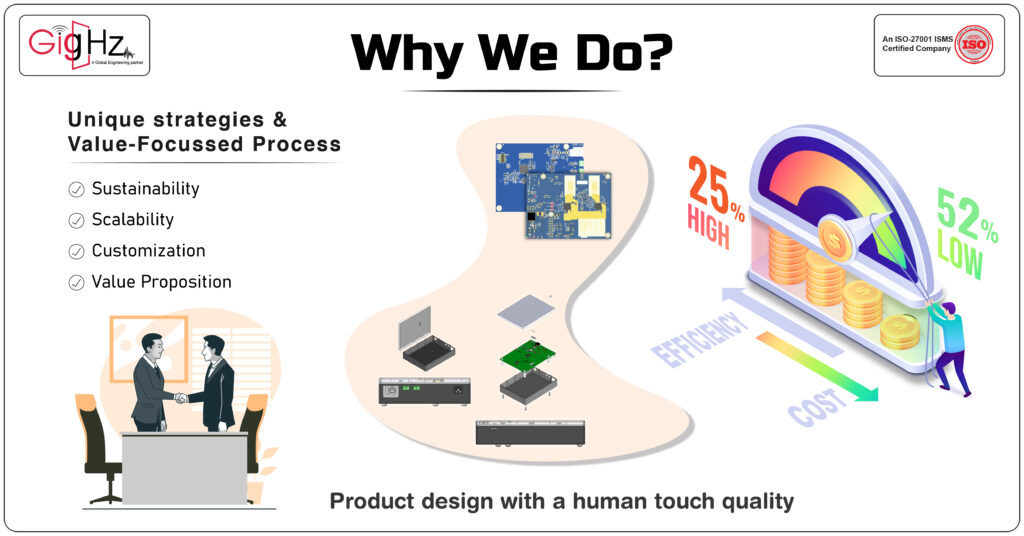
Moreover, the research, thought, and innovation invested in the concept design phase serve as the foundation for the detailed design and development stages.
Each idea generated and refined during this phase contributes significantly to the overall success and market viability of the final product.
We challenge our MCAD capabilities with Automotive Industry to keep your time and cost in control with human touch quality
Our Memorable Achievement: Engineering as a Service (EaaS)
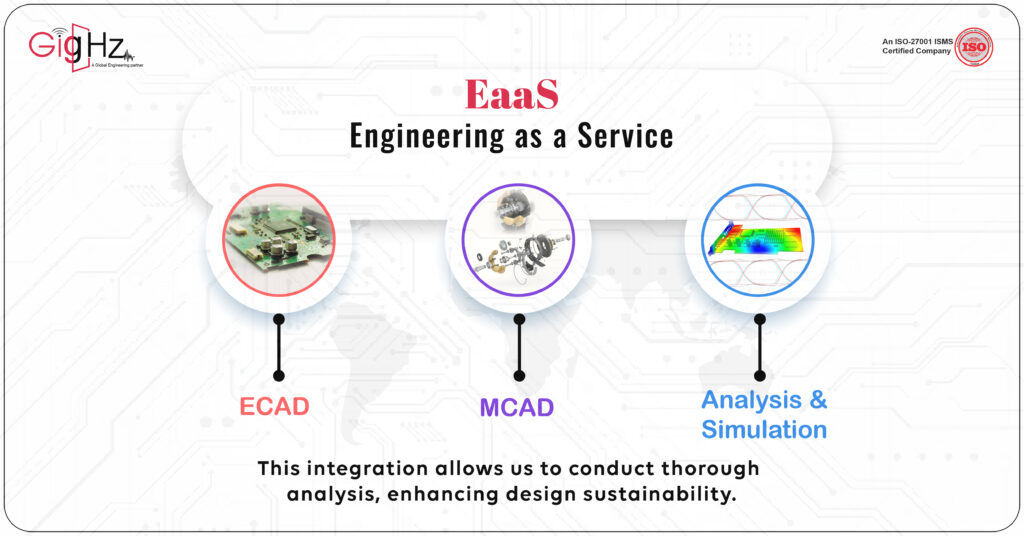
You know, as the need for advanced and integrated engineering solutions keeps soaring, our Engineering as a Service (EaaS) are really stepping up the game.
We’re harnessing the power of ECAD, MCAD, and Analysis & Simulation. This gives us a great position to be frontrunners in this industry.
What’s really cool is that we offer a full package, covering every single step of the engineering process.
And honestly, it’s this kind of approach that’s going to shape the future of our engineering.
It’s exciting stuff!
Conclusion
Through an intensive brainstorming session and leveraging our proficiency in MCAD Engineering Services, we successfully tackled multiple challenges to design the enclosure https://en.wikipedia.org/wiki/Electrical_enclosure
Our meticulous approach focused on minimizing interference with airwave signals and enhancing rigidity through meticulous material selection. By delivering a cost-effective design and optimizing manufacturing processes, we saved resources and streamlined efficiency for market readiness.
Achieving this design milestone within a tight timeframe underscored our team’s commitment and capability in meeting deadlines with unwavering dedication and expertise
Discover Our Specialities. Visit our Services Page. https://gighz.net/services
Behind the Scenes: Our Recent Mechanical Enclosure Design Journey
Our Notable Upgrade: Engineering as a Service(EaaS)
